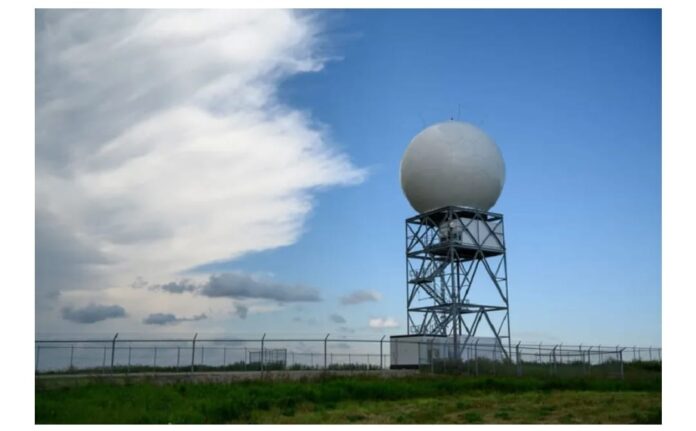In a major stride towards enhancing weather forecasting capabilities, Union Earth Sciences Minister Kiren Rijiju has unveiled plans to deploy cutting-edge weather instruments and three large Doppler radar stations in the picturesque state of Arunachal Pradesh. The move is expected to revolutionize weather monitoring and prediction in the region, offering invaluable insights into local weather patterns and aiding disaster preparedness.
Acknowledging the region’s vulnerability to changing weather conditions and its susceptibility to natural calamities, Minister Rijiju emphasized the significance of installing state-of-the-art instruments. These advanced weather reading tools will enable accurate and timely forecasting, which can help mitigate the impact of severe weather events, safeguard lives, and protect critical infrastructure.
The deployment of three large Doppler radar stations is a testament to the government’s commitment to fortify India’s weather surveillance network. Doppler radars are renowned for their precision in tracking weather phenomena, including thunderstorms, cyclones, and precipitation, enabling meteorologists to issue timely alerts and warnings to the public.
Arunachal Pradesh’s unique geographical location, nestled in the northeastern part of India, makes it an area of particular interest for comprehensive weather monitoring. By harnessing the power of Doppler radar technology, the region will be equipped to observe atmospheric dynamics in real-time and gather crucial data to improve the accuracy of forecasts.
The installation of these sophisticated weather instruments is part of the government’s broader initiative to modernize weather monitoring infrastructure across the country. With the support of advanced technology, India’s meteorological agencies can strengthen their capabilities in predicting extreme weather events and climate changes, ultimately enhancing disaster preparedness and response mechanisms.
The benefits of this technological advancement are not limited to the immediate region but extend to neighboring states and the entire nation. As weather systems often transcend state boundaries, improved forecasting in Arunachal Pradesh will enable better coordination and dissemination of information among meteorological agencies, empowering them to issue timely advisories for vulnerable areas.
Moreover, the enhanced weather forecasting capabilities will play a vital role in sectors like agriculture, aviation, and tourism, allowing stakeholders to plan and adapt their activities according to anticipated weather conditions, thereby optimizing productivity and safety.
Minister Rijiju reiterated the government’s commitment to expediting the implementation of this ambitious project, which will significantly elevate India’s weather forecasting abilities and protect the lives and livelihoods of millions residing in the region.
As the world grapples with the growing challenges posed by climate change, bolstering weather monitoring infrastructure becomes imperative. With the imminent installation of extensive weather reading instruments and the establishment of large Doppler radar stations in Arunachal Pradesh, India takes a commendable step forward in safeguarding its citizens and building resilience against the forces of nature.




